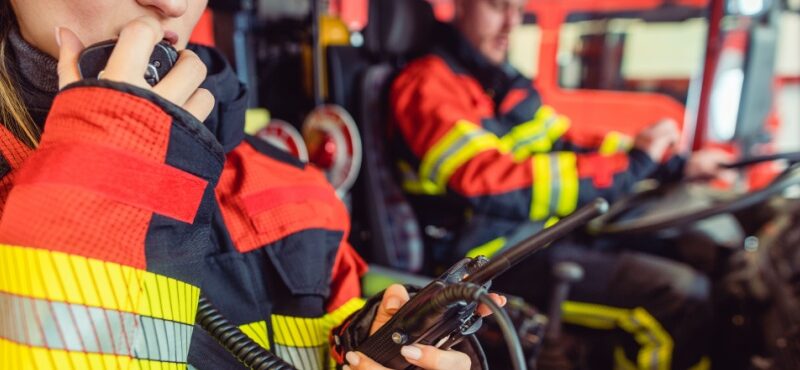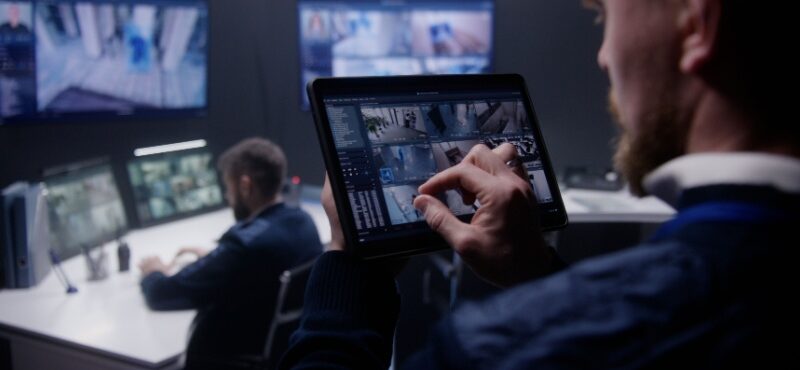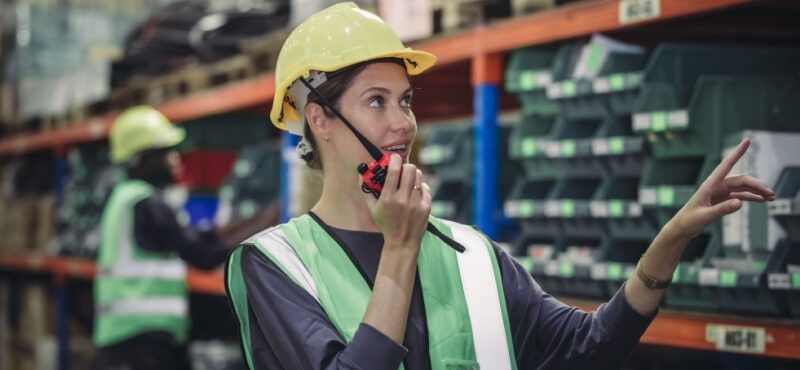In today’s hyper-connected world, wireless communication is no longer a luxury—it’s an expectation. Modern facilities such as hospitals, office buildings, schools, airports, and warehouses rely heavily on strong and reliable indoor connectivity for daily operations, safety systems, and seamless user experiences. Yet many of these buildings still suffer from poor signal quality, dead zones, and inconsistent coverage due to dense construction materials, complex layouts, or a lack of proper infrastructure.
The inability to maintain strong wireless signals indoors can result in dropped calls, interrupted workflows, reduced productivity, and even safety hazards. To combat these issues, more organizations are adopting in-building wireless solutions, such as Distributed Antenna Systems (DAS), which enhance signal strength and ensure that wireless communication functions smoothly throughout the entire structure.
Maintaining Safety and Emergency Communication
In emergency situations, reliable communication is critical. Whether it’s a fire, a medical emergency, or a security threat, the ability to contact emergency responders and coordinate quickly can significantly impact outcomes. Unfortunately, many traditional buildings have areas where radio and cellular signals are severely weakened or completely unavailable.
Public safety DAS ensures that first responders—including firefighters, police officers, and emergency medical personnel—can maintain communication inside buildings regardless of structural interference. Stairwells, elevators, underground parking, and mechanical rooms are often areas where signal coverage is limited, but they’re also areas that may be critical during an emergency. Ensuring signal penetration throughout the entire building supports faster response times, improves coordination, and helps save lives.
Some municipalities and fire codes now require in-building public safety communication systems as part of the occupancy permit process. Installing a compliant DAS not only enhances safety but also ensures the building meets current legal standards and avoids costly delays in project timelines.
Supporting Business Operations and Productivity
Businesses today depend on seamless communication to operate efficiently. Employees use mobile devices for internal communication, customer support, cloud-based tools, and video conferencing. Without adequate wireless coverage, tasks are delayed, calls are dropped, and collaboration becomes difficult.
In-building wireless systems provide consistent signal strength throughout a building, allowing staff to move freely while remaining connected. This reliability supports more agile workflows and enables employees to stay productive regardless of their location in the building. Whether they’re on the warehouse floor, in a basement storage area, or a top-floor office, the ability to maintain communication without interruption is a key factor in daily operations.
For companies with mobile workers, such as security personnel, engineers, or maintenance crews, reliable in-building coverage ensures they can perform their duties without communication delays. It also reduces the need to step outside or to higher floors to find a signal, saving time and enhancing response times to internal issues.
Improving User and Tenant Satisfaction
In commercial buildings, shopping centers, schools, hotels, and multi-tenant facilities, reliable wireless communication contributes to a better experience for occupants. Tenants expect their cell phones, tablets, and mobile devices to work reliably everywhere, from their office suites to the parking garage. Guests expect fast connectivity for checking in, using apps, or navigating a building.
Dead zones and poor reception can lead to frustration, negative reviews, and even lost revenue. Providing full signal coverage throughout your facility reflects a commitment to quality and modern infrastructure, giving you an edge over competitors and increasing tenant or customer satisfaction.
Enabling Smart Building Technologies
Modern buildings are adopting more IoT (Internet of Things) devices, from smart thermostats and lighting controls to access management and security monitoring systems. These technologies rely on strong and uninterrupted wireless connectivity to function as intended.
An in-building wireless system provides the backbone for these smart systems. By supporting consistent connectivity, you enable building automation systems to work reliably, improve energy efficiency, and streamline facility management tasks. As these technologies continue to evolve, having strong in-building infrastructure becomes not only useful—but essential.
Meeting Regulatory and Code Requirements
Many jurisdictions now require new construction and large-scale renovations to include DAS or similar systems to ensure adequate public safety communication inside the building. Failing to meet these codes may result in failed inspections, legal penalties, or limitations on building occupancy.
Installing a compliant system during the design and construction phase saves time and money in the long run. It also positions the facility to meet future updates in building codes as wireless expectations continue to grow.
The Backbone of a Connected Facility
From safety and compliance to productivity and user satisfaction, in-building wireless coverage is a foundational component of any modern facility. It ensures critical systems remain online, supports emerging technologies, and improves the experiences of everyone who enters the building.
Whether you manage an office tower, hospital, school campus, or warehouse, investing in a robust in-building wireless system like DAS is a smart move for both short-term performance and long-term scalability. Contact Highland Wireless now to explore how tailored wireless infrastructure solutions can eliminate signal dead zones and provide the connectivity today’s facilities demand.





